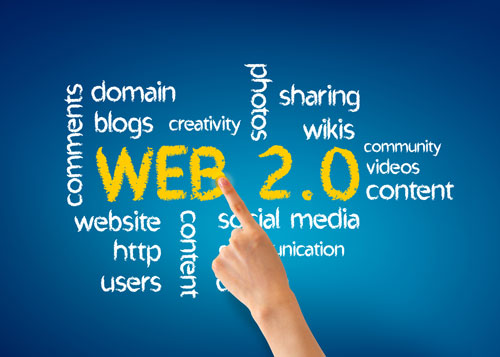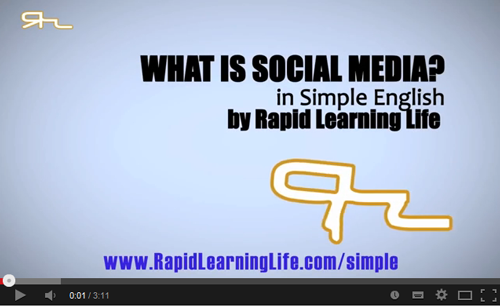Defining social media
According to Kaplan and Haenlein (2010) in defining Social Media one must also consider the related terms of Web 2.0 and User Generated Content which are both often used in conjunction with the term Social Media. First described in 2004, Web 2.0 is considered to be the platform that enabled the evolution of social media. The term User Generated Content (UGC) became popular terminology from 2005 onwards and is used to describe content that is both user-generated and publically available (ibid).
UGC must have been created outwith professional and paid-for services to be termed as such. Yet UGC does not encompass social media as a whole, as business and industry globally are increasingly using social media to engage and inform their customers. So Web 2.0, UGC and Social Media are all inter-related terms, but encompassing subtle differences.
According to Xiang and Gretzel (2010) social media websites represent various forms of consumer generated content in the form of blogs, virtual communities, wikis, social networks, along with collaborative tagging and media file sharing sites such as Youtube and Flickr.
The content developed by these social media sites includes a diversity of new and emerging sources of online information that is created, initiated and circulated, by users for a variety of reasons. A number of such sites (e.g. TripAdvisor) are attracting growing interest from business and industry as their consumers communicate with each other, intent on educating each other about products, brands, services and issues (Blackshaw & Nazzaro, 2006).

